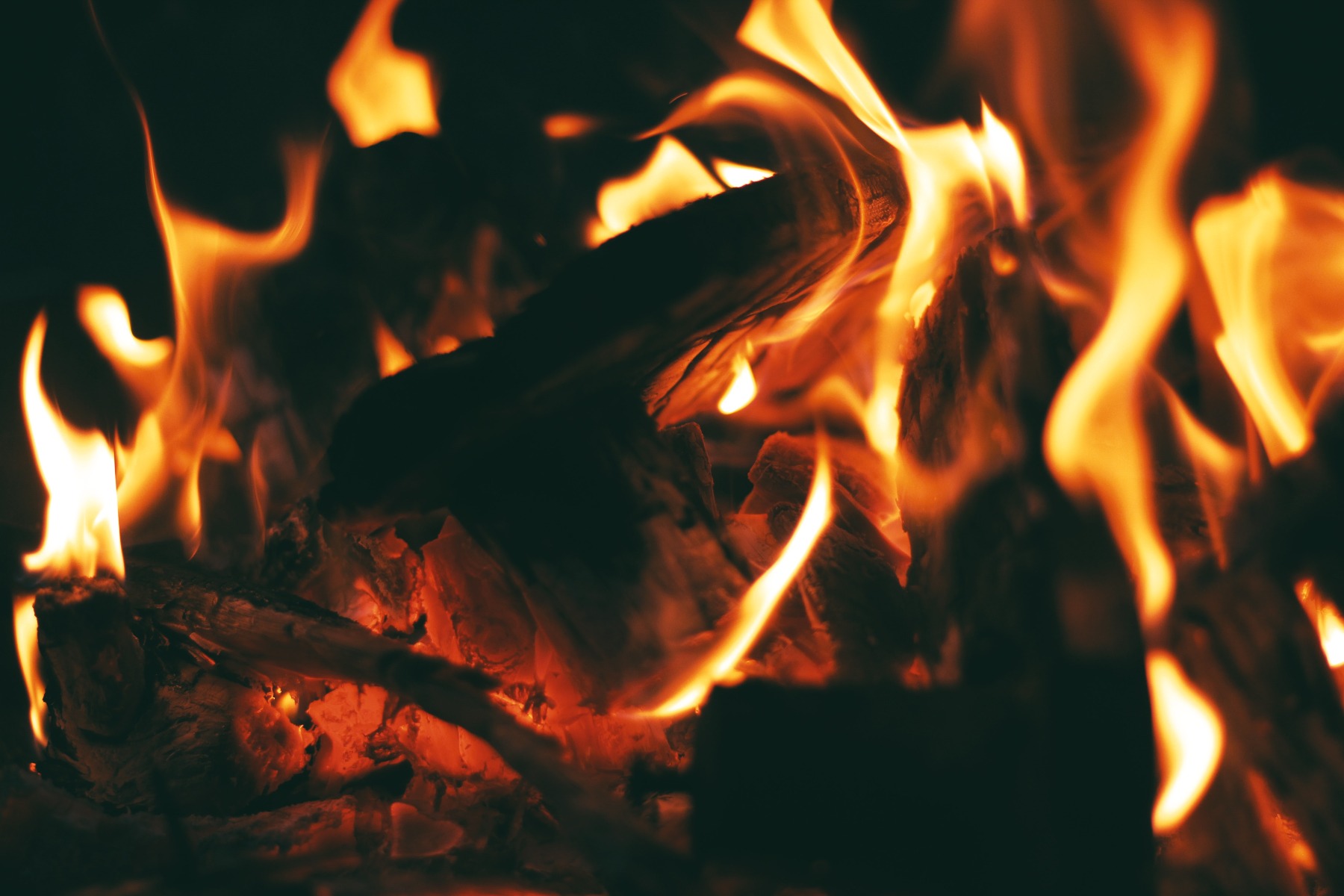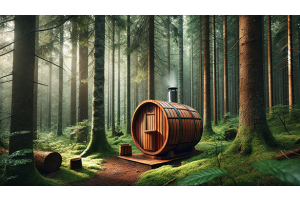Wood Fired Pizza Ovens: What Type of Wood to Use?
If you’ve ever been to an Award Leisure showroom, you’ve probably experienced the authentic tasty goodness that is our freshly cooked pizzas, straight from the oven.
What you may not realise is the choice in taste and texture you can get just from switching out the wood – opening up a whole world of opportunity for experimenting with creating beautifully smoky flavours!
Learn about the types of wood to try and what to avoid when cooking in your wood fired pizza oven.
Hard Wood or Soft Wood?
Generally, hard woods come from deciduous trees (that lose their leaves annually). They tend to be slower growing, hence having a denser wood. Soft woods come from evergreen trees such as conifers and have a softer wood that is less dense.
When it comes to burning wood in a wood fired oven, hardwood is generally better as it burns slower. The density of softwood is around half that of hardwood, resulting in burning twice as fast – needing twice as much!

Best Types of Wood
When selecting the type of wood you want to use, you want to look for something that has a good heat output, and doesn’t billow out smoke.
We’ve categorised these wood types by the best, worst, and types to try that may take a little extra seasoning or can only be used occasionally.
|
Type of Wood |
How it Burns |
|
Apple |
Burns slow and steady when dry, small flame size, does not produce sparking or spitting. Cooking effects: gives a tangy, sweet flavour to food. It goes with almost everything, but its great with pork and poultry dishes. |
|
Ash |
Produces a steady flame and good heat output. It can be burnt when green but burns best when dry. |
|
Hawthorne |
Good traditional firewood that has a slow burn with good heat output. |
|
Hazel |
Good but fast burning wood and produces best results when allowed to season. |
|
Hornbeam |
A good burning wood that produces a good heat output in a slow burn. |
|
Lilac |
Burns well with a good flame. The smaller branches are also good to use as kindling. |
|
Maple |
Good burning wood that produces a good flame and heat output. Cooking effects: light and smoky aroma. |
|
Plum |
A good burning wood that produces a good heat output. |
|
Rowan |
A good burning wood that has a slow burn and good heat output. |
|
Thorn |
One of the best woods for burning. It produces a steady flame and very good heat output, while producing very little smoke. |
|
Yew |
A good burning wood that has a slow burn and very good heat output. |
Worst Types of Wood
|
Type of Wood |
How it Burns |
|
Alder |
Poor heat output does not last long. |
|
Chestnut |
Poor burning wood, produces a small flame and poor heat output. |
|
Firs |
A poor burning wood that produces a small flame with poor heat output. The sap also causes deposits in the flue over time. |
|
Laburnum |
A smoky wood with poor burn. |
|
Poplar |
A very smoky wood with a poor burn. |
|
Spruce |
Poor heat output and does not last very well. |
|
Willow |
Does not burn well, even when seasoned. |
Other Woods to Try
|
Type of Wood |
How it Burns |
|
Beech |
Produces a steady flame and good heat output. Does not burn well when green. Cooking effects: Gives off an herbal aroma similar to chamomile tea. Works well with oily fish and lighter meats. |
|
Birch |
Produces good heat output but burns quickly. Can be burned unseasoned, but the sap causes deposits in the flue over time. Cooking effects: mineral, zesty flavour that is great with aged beef, game, venison or vegetables like asparagus and courgette. |
|
Cedar |
Good burning wood that produces a consistent and long heat output. It burns with a small flame but does tend to crackle and spit. The sap causes deposits in the flue over time. Cooking effects: Seafood is commonly paired with cedar, although poultry and vegetables are an option. |
|
Cherry |
Slow burning wood with a good heat output. Must be seasoned well. Cooking effects: similarly to other fruit woods, cherry gives food a bold and earthy flavour. |
|
Elm |
Unpredictable burn patterns due to high moisture content. Should be dried for 2 years for best results. Slow to get going and it may be necessary to use a better burning wood to start it off. Splitting logs should be done early. |
|
Eucalyptus |
Fast burning wood. The sap causes deposits in the flue over time. |
|
Holly |
Fast burning wood that produces a good flame but poor heat output. Holly will burn green but is best dried for a minimum of a year. |
|
Horse Chestnut |
Good for burning in stoves, it produces a good flame and heat output. Not a good wood for open fires due to spitting. |
|
Larch |
Reasonable heat output but must be well seasoned. The sap causes deposits in the flue over time. |
|
Laurel |
Burns with a good flame but only reasonable heat output. Must be well seasoned. Cooking effects: Exotic aromas that are characteristic of smoked duck. |
|
Oak |
Produces a small flame and a slow burn due to density. Best when seasoned for a minimum of two years. Cooking effects: gives a mild, woodsy flavour with a hint of vanilla and citrus. Goes with all meats and many types of seafood. |
|
Pear |
Burns well with a good heat output but needs to be seasoned well. Cooking effects: Slightly lighter smoke than apple, giving food a mellow, nutty dimension to food. |
|
Pine |
Burns with a good flame, but the resin sap causes deposits in the flue over time. |
|
Robinia (Acacia) |
A good burning wood with a slow burn and good heat output. Not good for open fires due to producing an acrid and dense smoke – not a problem in stoves. |
|
Sycamore |
Produces a good flame, but only moderate heat output. Should only be burned once well-seasoned. |
|
Sweet Chestnut |
Burns okay when well-seasoned but does tend to spit a lot – not suitable for open fires. |
When you begin to experiment with the types of wood you’re cooking with, you open your food up to creating an endless combination of flavours and smokiness.
Want to get into cooking with a Wood Fired Oven? View our full range available to buy online now along with all the accessories you need to become a pro wood fired oven chef!







